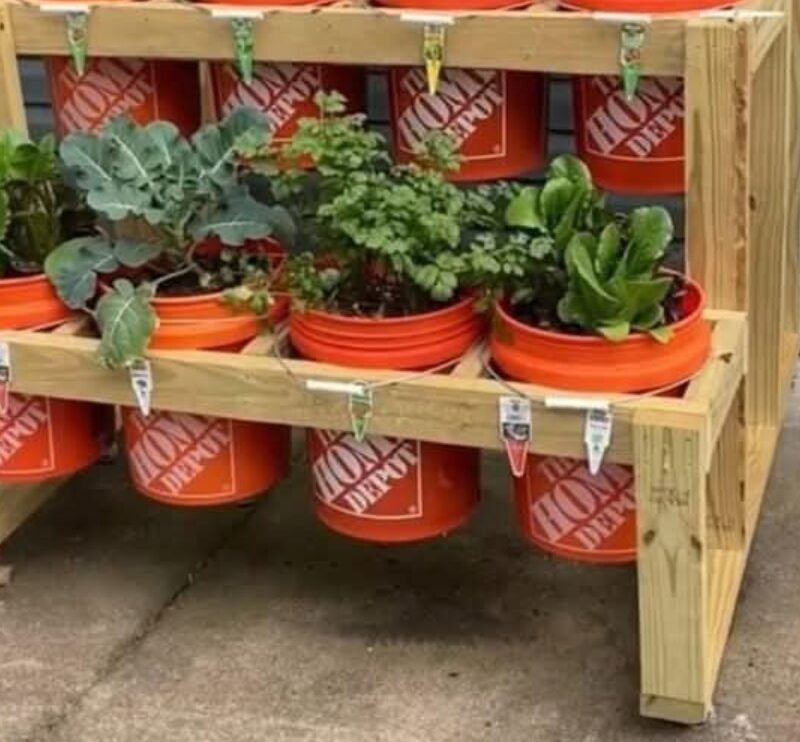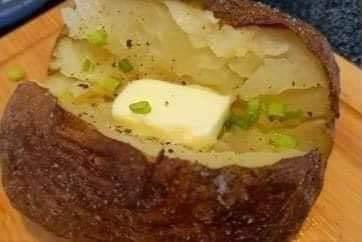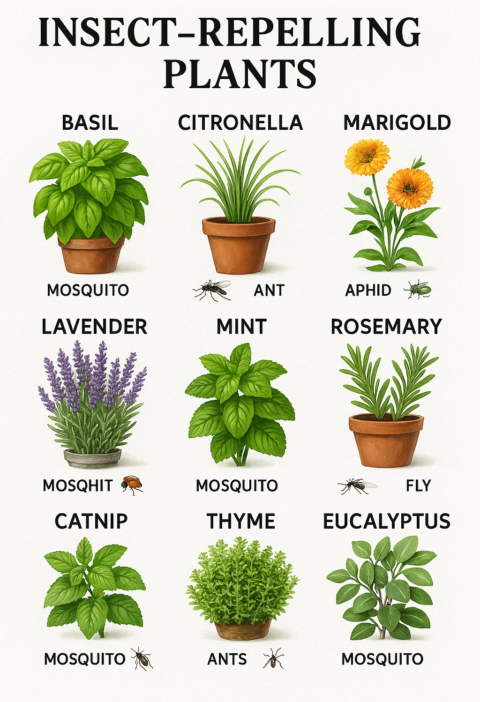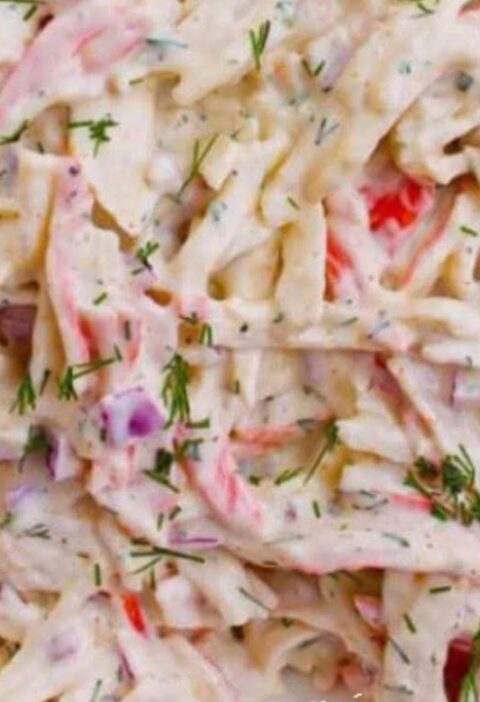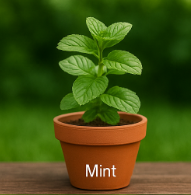How to Grow More with 5-Gallon Buckets: The Ultimate Guide to Small-Space Gardening 🪣🌱
Growing fresh vegetables in 5-gallon buckets is a fantastic way to maximize space, save money, and enjoy homegrown produce right from your patio, balcony, or backyard. These buckets provide ample root space, making them perfect for a wide range of vegetables. Whether you’re a beginner or an experienced gardener, this guide will help you grow a thriving bucket garden with high yields.
Why Use 5-Gallon Buckets for Gardening?
5-gallon buckets are an affordable and efficient alternative to raised beds and traditional garden plots. Here’s why they’re perfect for small-space gardening:
✅ Space-Saving – Ideal for patios, balconies, and small yards.
✅ Budget-Friendly – A low-cost option compared to raised beds.
✅ Portable – Move your plants for optimal sunlight and protection.
✅ Less Pests & Weeds – Reduces the risk of soil-borne diseases and weeds.
✅ Better Drainage – Easily control moisture levels to prevent root rot.
Best Vegetables to Grow in 5-Gallon Buckets
Not all veggies are suitable for container gardening, but these crops thrive in deep buckets:
🍅 Tomatoes – Provide a sturdy stake or cage for support.
🌶️ Peppers – Loves warmth and full sun for high yields.
🥕 Carrots – Needs deep soil for proper root development.
🥬 Lettuce – Harvest continuously for fresh greens.
🥒 Cucumbers – Use a trellis to maximize space.
🥔 Potatoes – Layer soil as they grow for bigger harvests.
🌱 Beans & Peas – Climbing varieties thrive with trellises.
Step-by-Step Guide to Growing in 5-Gallon Buckets
Follow these simple steps to start your bucket garden:
1️⃣ Choose the Right Bucket
- Use food-grade plastic buckets to avoid chemicals leaching into the soil.
- Avoid used buckets that stored chemicals or paint.
2️⃣ Drill Drainage Holes
- Drill 6-8 holes in the bottom and a few on the sides for proper drainage.
- This prevents water buildup and avoids root rot.
3️⃣ Fill with High-Quality Soil
- Use a light, well-draining potting mix with compost.
- Avoid using heavy garden soil that can compact and suffocate roots.
4️⃣ Plant & Water Correctly
- Water deeply, but ensure the soil is moist, not soggy.
- For seedlings, keep the soil damp until they establish roots.
5️⃣ Provide Support for Vining Plants
- Use stakes or cages for tomatoes, peppers, and cucumbers.
- Trellises maximize vertical space and improve airflow.
Pro Tips for Bigger Yields 🌟
✅ Mulch – Helps retain moisture and prevents weeds.
✅ Fertilize Regularly – Use organic compost or liquid fertilizer every 2-3 weeks.
✅ Rotate Crops – Switch plants each season to maintain soil health.
✅ Ensure 6-8 Hours of Sunlight – Position buckets where they get maximum light.
✅ Monitor for Pests – Check leaves and soil for insects and diseases.
Common Mistakes & How to Avoid Them ❌
🚫 Overwatering – Leads to root rot. Ensure buckets have proper drainage.
🚫 Poor Soil Quality – Use nutrient-rich, well-draining potting mix.
🚫 Ignoring Support Needs – Trellises are essential for climbing plants.
🚫 Placing Buckets in Shade – Most vegetables need full sun.
Frequently Asked Questions (FAQs)
🔹 Can I grow multiple plants in one bucket?
- Only if they don’t compete for space (e.g., lettuce and radishes).
🔹 How often should I water?
- Daily in hot weather, every other day in cooler months.
🔹 What’s the best fertilizer for container gardening?
- Organic compost, liquid fish emulsion, or balanced fertilizer (e.g., 10-10-10).
Start Your Bucket Garden Today! 🌱
A few 5-gallon buckets can turn any small space into a thriving vegetable garden. Whether you’re growing tomatoes, lettuce, or beans, you’ll love the convenience and productivity of bucket gardening.
👉 What will you grow first? Let us know in the comments! 🌿✨
